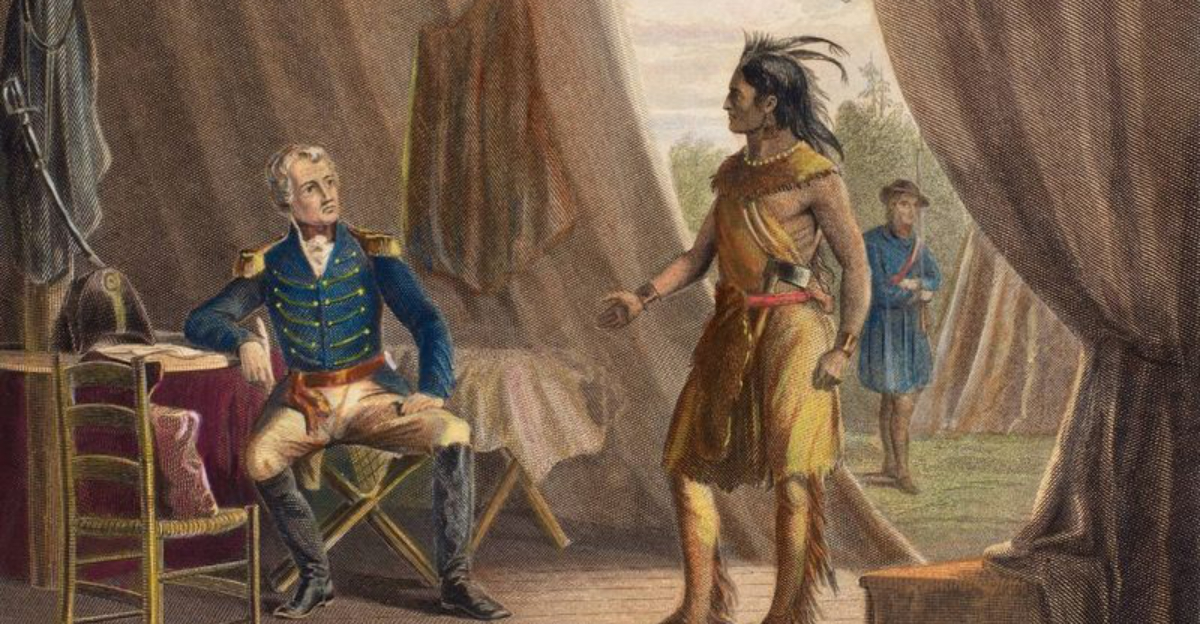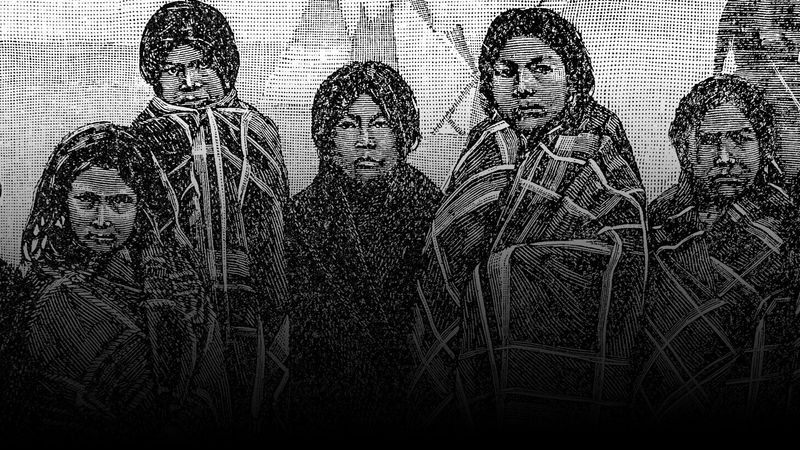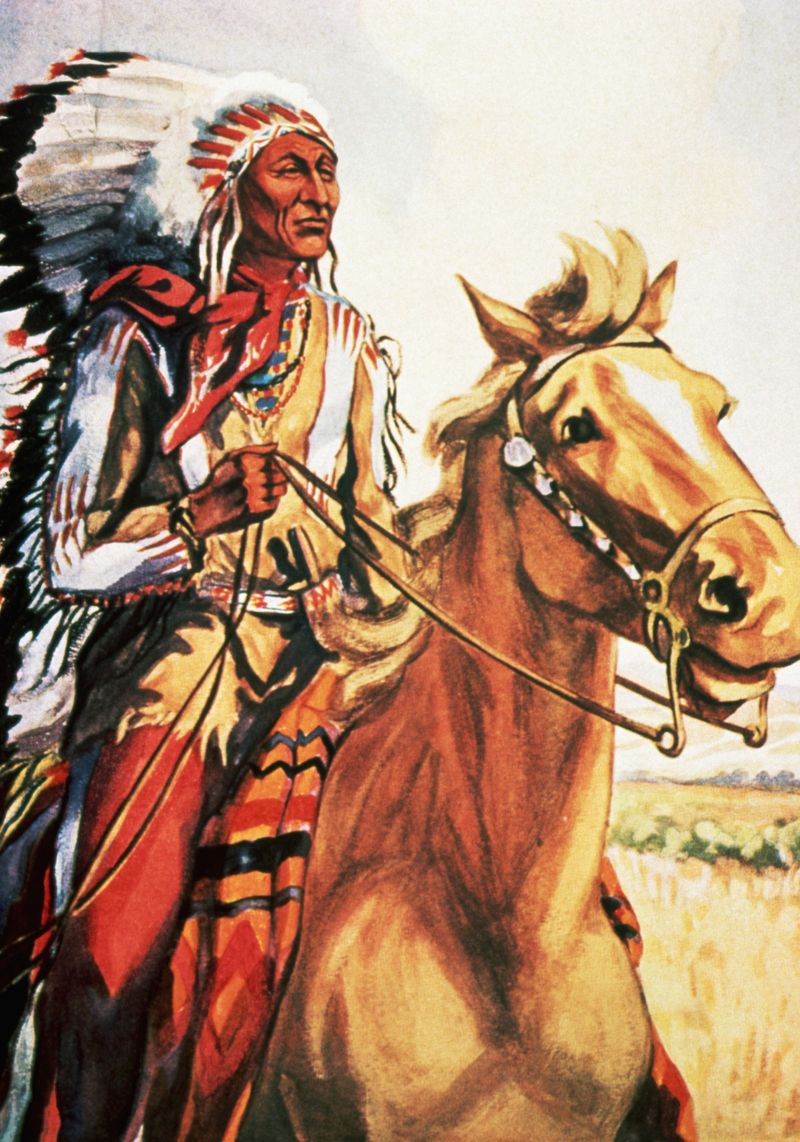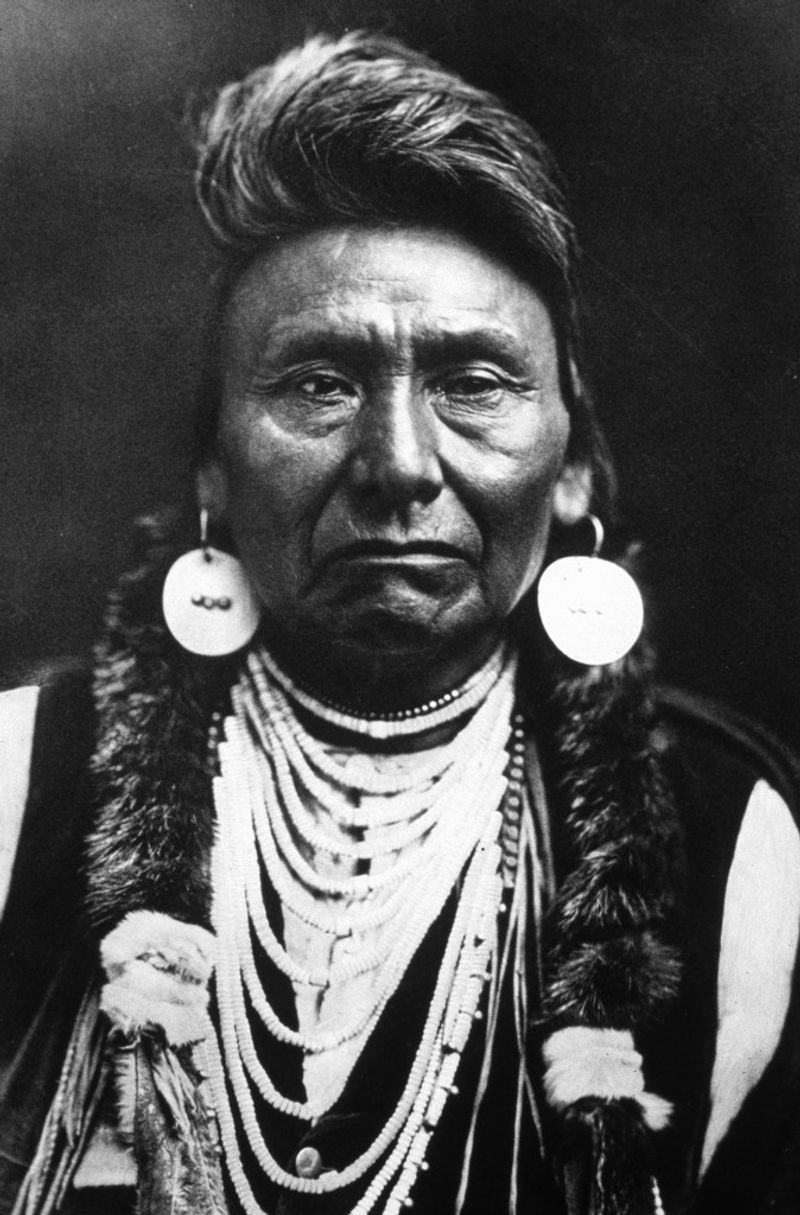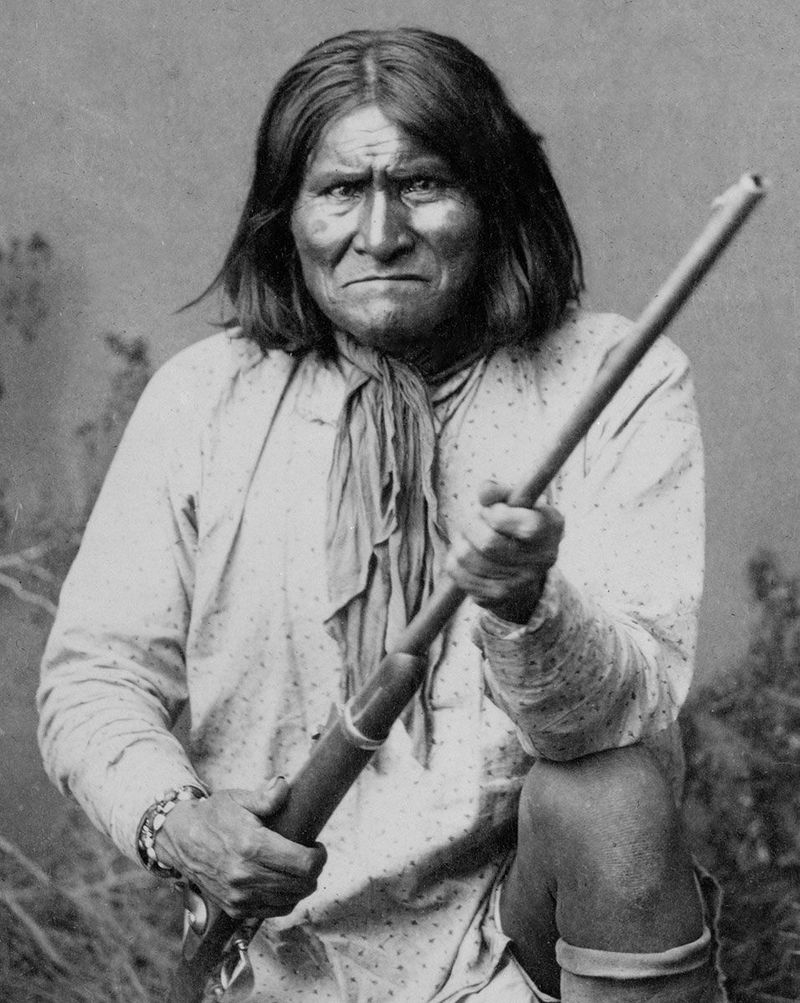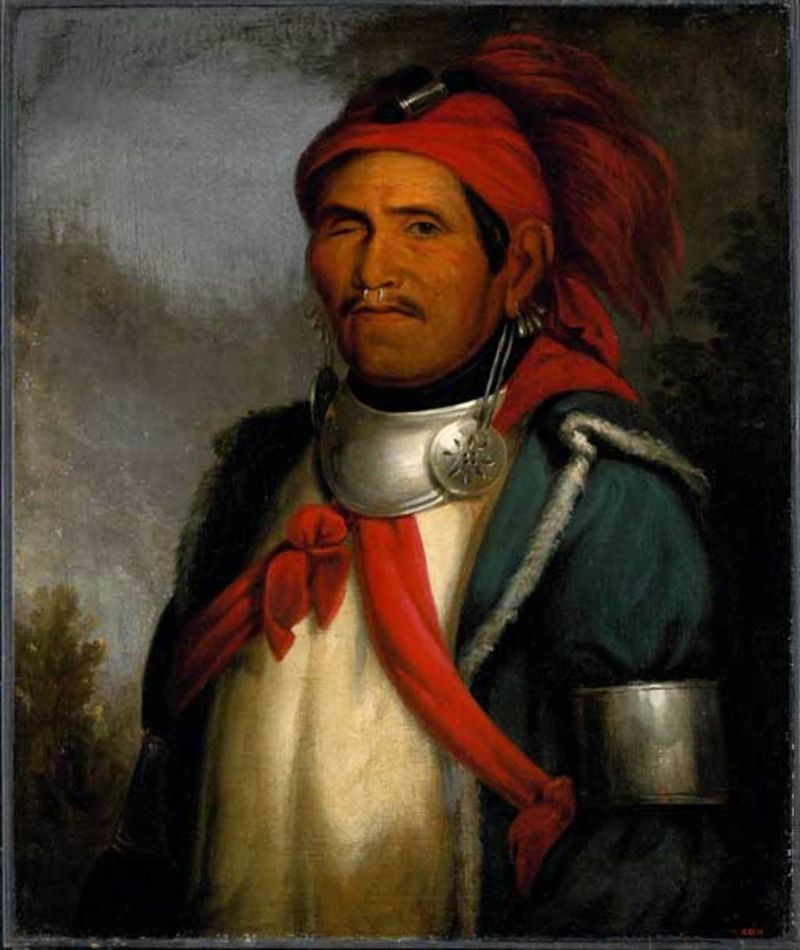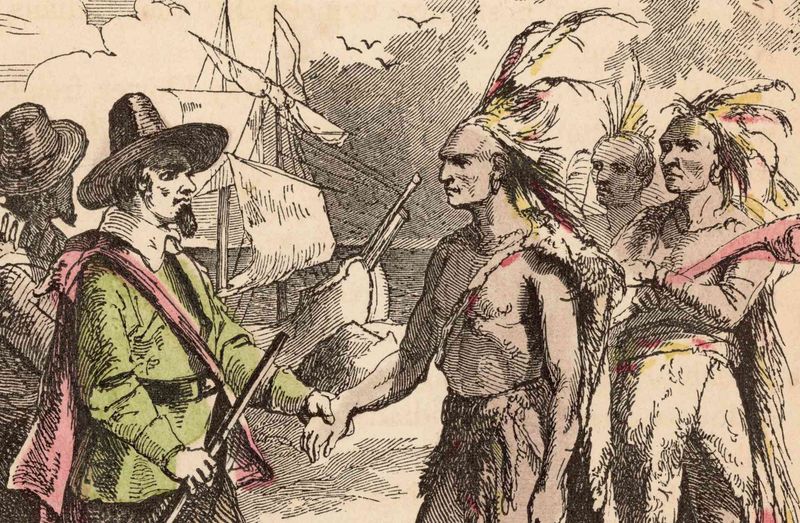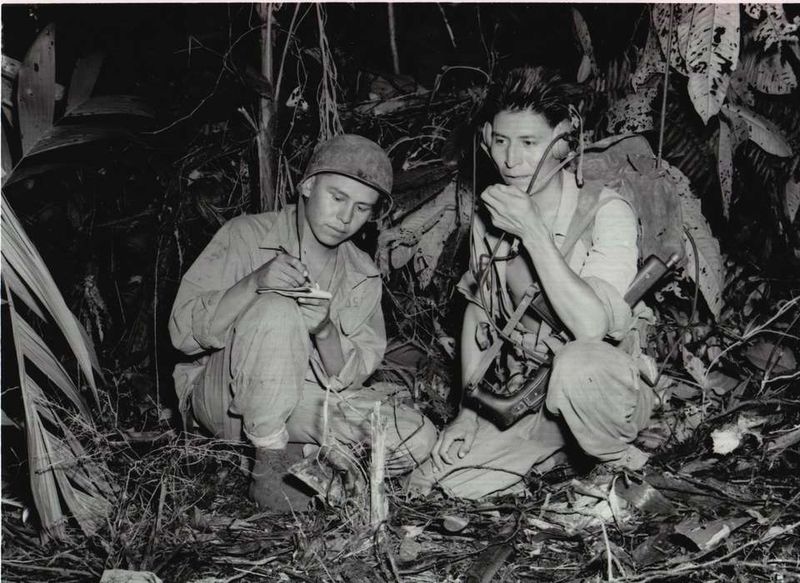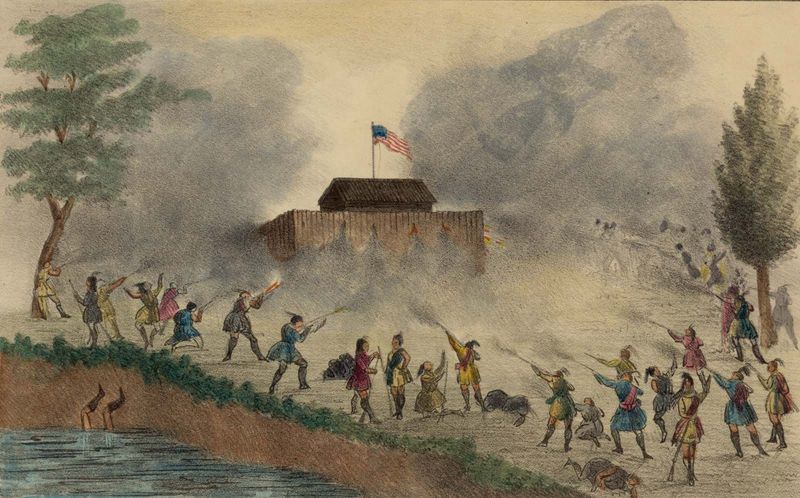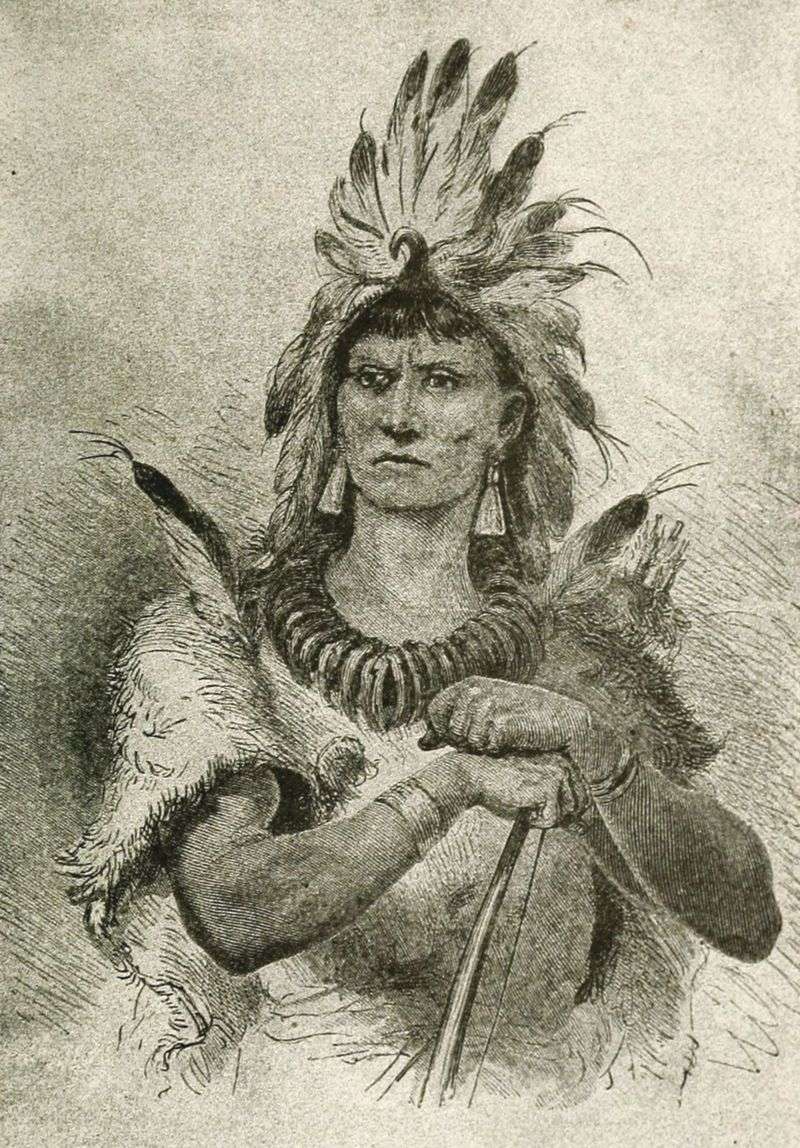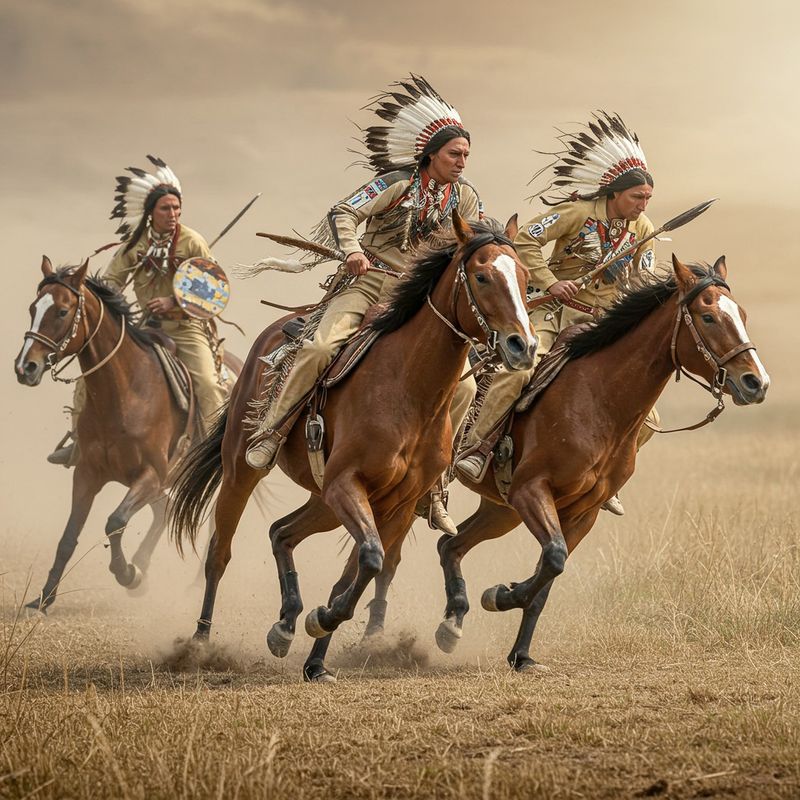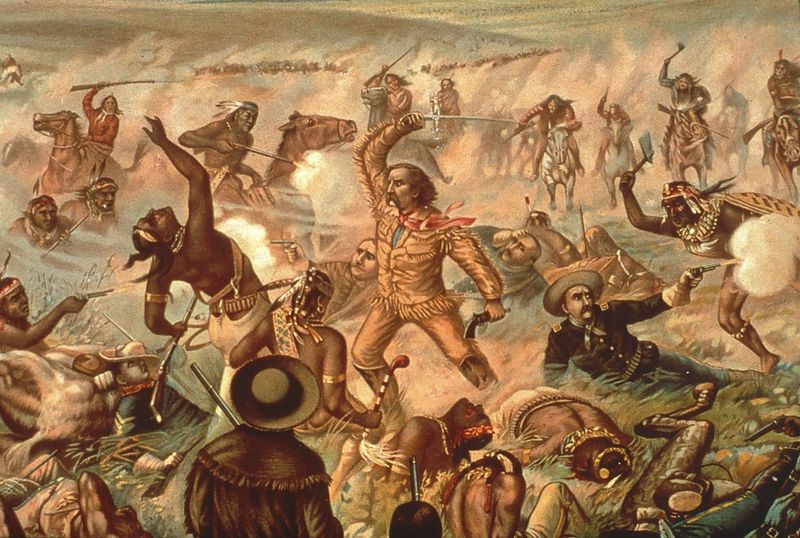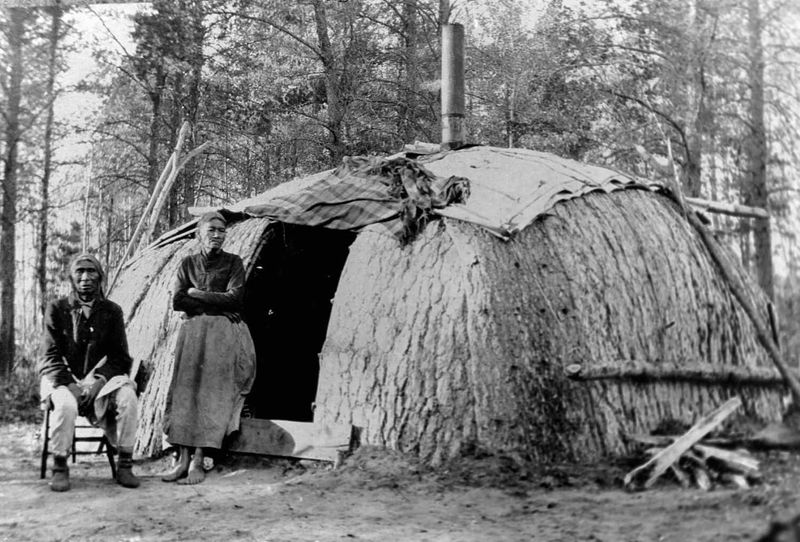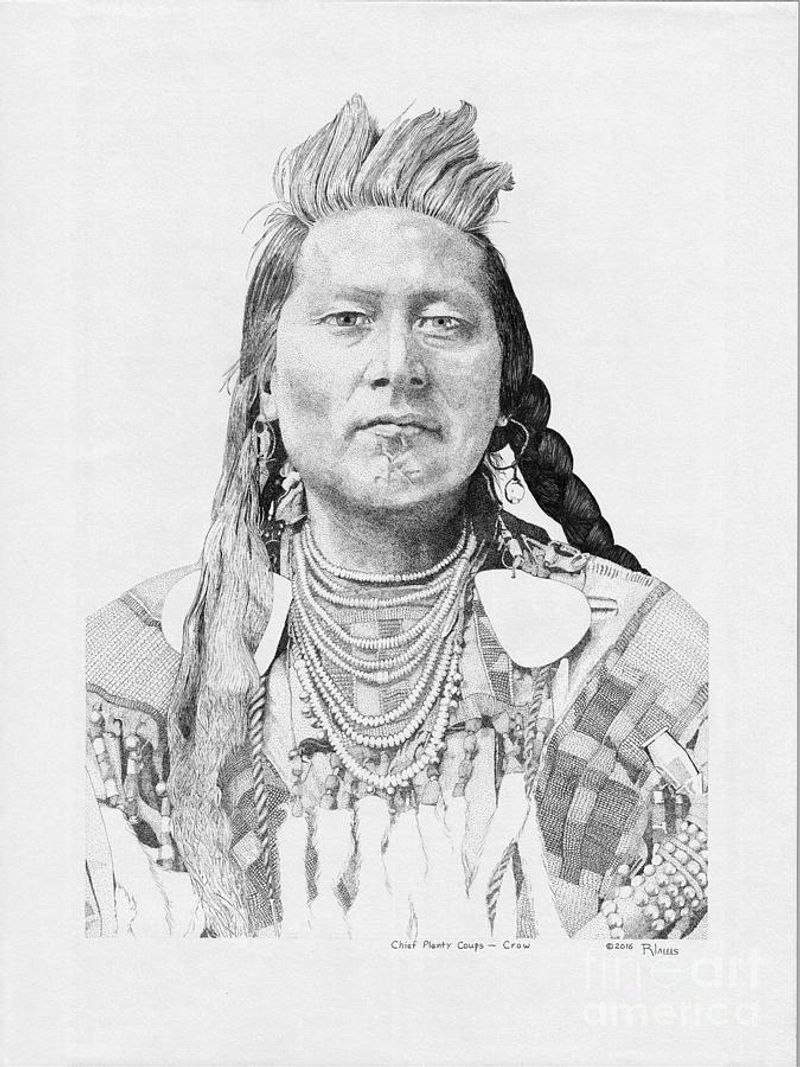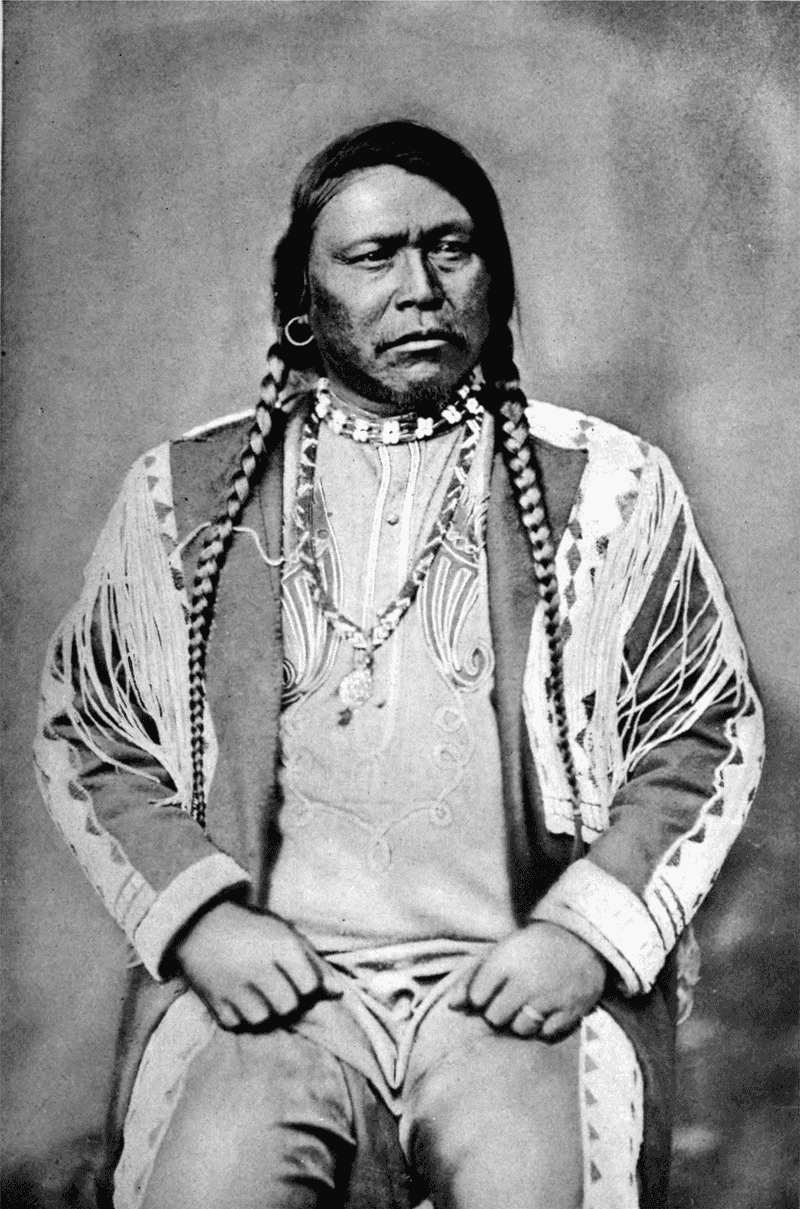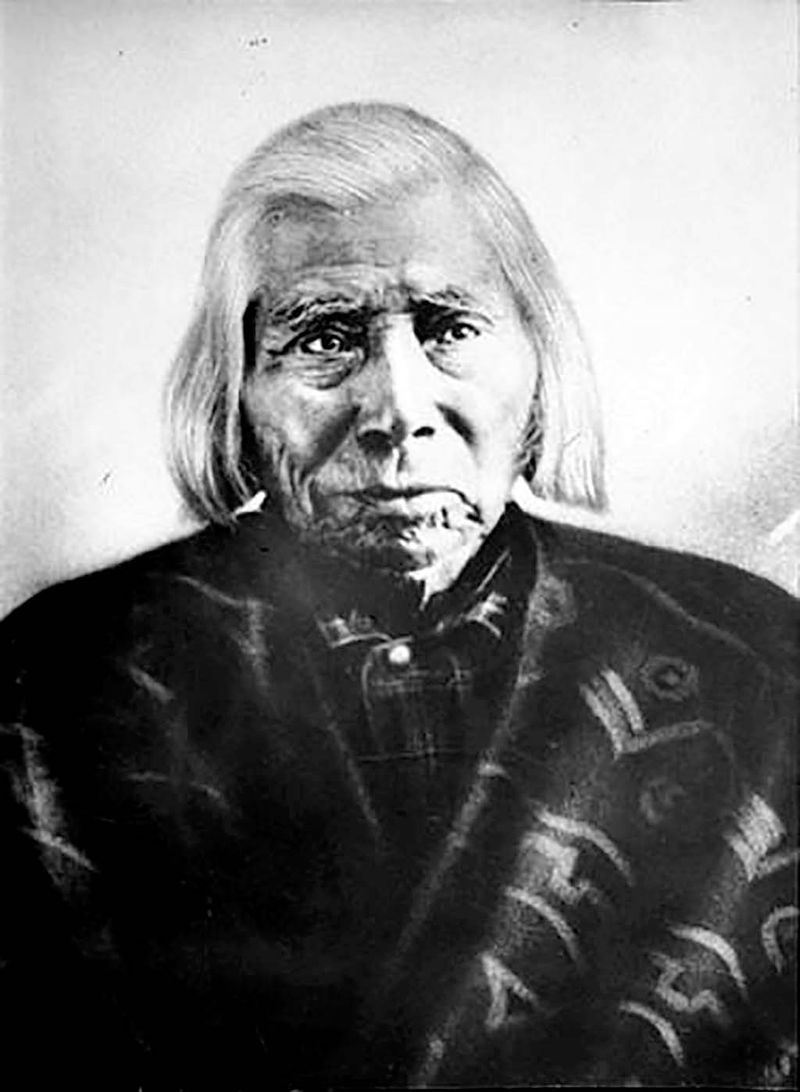Native American tribes have played a pivotal role in shaping history, yet their contributions often remain unsung in mainstream education. This post highlights 23 tribes whose influences have left indelible marks on history, governance, culture, and resistance.
1. Haudenosaunee (Iroquois Confederacy)
Did you know the U.S. Constitution was inspired by the Haudenosaunee’s democratic principles? The Iroquois Confederacy, consisting of the Mohawk, Oneida, Onondaga, Cayuga, Seneca, and Tuscarora nations, established the Great Law of Peace, a sophisticated system of governance. Their alliance, based on equality and consensus, influenced early American political thinkers.
The Confederacy’s structure provided a model for unity among diverse groups. This alliance not only maintained peace among its members but also resisted colonial pressures. Their legacy of democracy and unity remains pivotal, though often overlooked in history classes.
2. Cherokee
Sequoyah’s invention of the Cherokee syllabary was revolutionary, enabling literacy and cultural preservation. The Cherokee, known for their adaptability, established a constitutional government and adopted various European practices while maintaining their identity.
Despite facing the Trail of Tears, a forced relocation that decimated their population, they resiliently rebuilt in Oklahoma. Their story is one of remarkable endurance and cultural preservation. This resilience allowed them to remain one of the most influential tribes in U.S. history.
3. Lakota (Sioux)
The Lakota, a symbol of defiance, famously defeated General Custer at the Battle of Little Bighorn in 1876. Leaders like Crazy Horse and Sitting Bull became iconic figures of resistance, standing firm against U.S. expansion.
Their victory at Little Bighorn was a rare win for Native Americans against the U.S. military and remains a powerful symbol of indigenous resistance. The Lakota’s unwavering spirit and strategic brilliance are often highlighted in tales of American frontier history.
4. Nez Perce
Chief Joseph’s poignant words, “I will fight no more forever,” echoed the deep betrayal felt by the Nez Perce. Initially allies to Lewis and Clark, the Nez Perce later faced broken treaties and forced relocations.
Their resistance journey, marked by their strategic retreats across the Northwest, showcased their tenacity and desire for peace. Despite their ultimate surrender, the courage and leadership of Chief Joseph remain enduring lessons in integrity and resilience.
5. Apache
Geronimo, the legendary Apache leader, epitomized relentless resistance against U.S. and Mexican forces. Known for his strategic guerrilla warfare tactics, he eluded capture for years, becoming a symbol of native defiance.
His eventual surrender in 1886 marked the end of significant Native American armed resistance. Yet, Geronimo’s legacy lives on, a testament to the spirit of freedom and the unyielding struggle for autonomy.
6. Shawnee
Tecumseh’s vision of a Pan-Indian Alliance was revolutionary. A charismatic leader, he sought to unite various tribes to resist U.S. expansion. His alliance with the British during the War of 1812 further elevated his status.
Though his dream was cut short by his death, Tecumseh’s efforts laid the groundwork for future resistance. His leadership and vision continue to inspire indigenous unity and pride.
7. Wampanoag
The Wampanoag, through figures like Squanto and Massasoit, were crucial to early Pilgrim survival. Their guidance led to the first Thanksgiving, a symbol of cooperation.
However, King Philip’s War, led by Metacom, highlighted the tensions and bloodshed that followed colonization, marking one of the deadliest conflicts per capita in U.S. history.
8. Navajo (Diné)
The Navajo Code Talkers, using their native language, created an unbreakable code that proved crucial to Allied success in WWII. Their contributions remained classified for decades but are now celebrated.
As the largest federally recognized tribe today, the Navajo continue to maintain a vibrant cultural identity. Their story is one of resilience, innovation, and pride.
9. Seminole
The Seminole’s resistance during the Seminole Wars, the longest and costliest of the Indian Wars, is legendary. Their refusal to sign a formal peace treaty with the U.S. underscores their resilience.
Today, the Seminole are known for their strong cultural identity and economic ventures, such as gaming. Their story is a testament to endurance and defiance.
10. Powhatan Confederacy
Pocahontas, through her diplomacy, played a crucial role in early Jamestown’s survival. Her kidnapping and conversion symbolize the complex relations between the Powhatan Confederacy and English settlers.
Opechancanough’s 1622 uprising nearly eradicated the Virginia colony, reflecting the tensions of colonization. The Powhatan’s story is one of cultural clash, adaptation, and survival.
11. Pueblo
The Pueblo Revolt of 1680 stands as a monumental act of indigenous resistance. By successfully expelling Spanish colonizers, the Pueblo maintained their cultural and religious practices.
Their settlements, characterized by adobe structures, are among the oldest continuously inhabited in North America. The Pueblo people’s legacy is one of resilience and cultural preservation.
12. Blackfeet (Siksika)
The Blackfeet, fierce defenders of their northern plains territory, resisted U.S. encroachment with steely determination. Their traditional lands included the majestic Glacier National Park.
Known for their resilience and rich cultural traditions, the Blackfeet’s legacy is deeply embedded in the landscape they once roamed freely.
13. Comanche
The Comanche, known as the “Lords of the Plains,” mastered horse riding and dominated the southern plains for decades. Their resistance to Spanish, Mexican, and American expansion is legendary.
Their strategic prowess and adaptability made them one of the most formidable tribes in history. The Comanche’s story is one of power, resilience, and cultural pride.
14. Choctaw
Despite suffering on the Trail of Tears, the Choctaw displayed extraordinary compassion, donating to Irish famine relief in 1847. This act of kindness is a testament to their humanity and resilience.
As one of the “Five Civilized Tribes,” the Choctaw adopted a written constitution and embraced education, reflecting their adaptability and strength.
15. Creek (Muscogee)
The Creek, known for their vibrant culture, faced internal strife during the Red Stick War, a civil conflict intertwined with resistance against U.S. expansion.
After displacement, they rebuilt in Oklahoma, showcasing their resilience and determination to preserve their cultural identity. The Creek’s history is a tapestry of conflict, adaptation, and cultural richness.
16. Mohawk
Mohawk ironworkers, part of the Iroquois Confederacy, were instrumental in building New York City’s iconic skyscrapers, including the Empire State Building.
Their expertise in high steelwork is legendary, reflecting their strength and skill. The Mohawk’s contributions are foundational to modern American architecture, blending tradition with innovation.
17. Tlingit
The Tlingit fiercely resisted Russian colonization in the Battle of Sitka in 1804. Known for their strong sovereignty, they maintained cultural autonomy in Alaska.
Their strategic acumen and rich cultural traditions continue to thrive, highlighting their enduring spirit and resilience.
18. Hopi
The Hopi, one of the oldest continuously inhabited cultures in North America, are renowned for their peaceful resistance and preservation of ancestral traditions.
Their settlements, like Old Oraibi, stand as testaments to endurance and cultural richness. The Hopi’s harmonious relationship with their land underscores their enduring legacy.
19. Cheyenne
The Cheyenne, known for their fierce resistance, played pivotal roles in the Sand Creek Massacre and the Battle of Little Bighorn. These events reflect their struggle against U.S. encroachment.
Their eventual division into Northern and Southern bands highlights the pressures faced by Native tribes. The Cheyenne’s history is marked by courage, resilience, and cultural vitality.
20. Ojibwe (Chippewa)
The Ojibwe played a key role in the fur trade, leveraging their strategic position and extensive trade networks. Their resistance against U.S. expansion was marked by diplomacy and resilience.
Preserving birchbark scrolls with written records, they maintained a rich cultural heritage that continues to thrive. The Ojibwe’s story is one of economic skill and cultural preservation.
21. Crow
The Crow, allies to the U.S. against the Lakota and Cheyenne, navigated complex alliances to protect their interests. Chief Plenty Coups, a key diplomat, skillfully balanced these relationships.
Their strategic decisions ensured the Crow’s survival and sovereignty. The Crow’s legacy is one of diplomacy, resilience, and cultural integrity.
22. Ute
The Ute, known for their strong resistance, faced challenges from Mormon settlers in Utah. Chief Ouray, a sagacious leader, skillfully negotiated treaties to safeguard their lands.
Their story is one of strategic diplomacy and cultural preservation. The Ute’s legacy is woven with resilience and adaptability.
23. Spokane
Chief Garry of the Spokane was a beacon of advocacy for Native rights and education in the Pacific Northwest. Despite pressures of forced assimilation, he fought for his people’s sovereignty.
His efforts in education and negotiations symbolize the Spokane’s dedication to preserving their identity and autonomy amidst external pressures.
